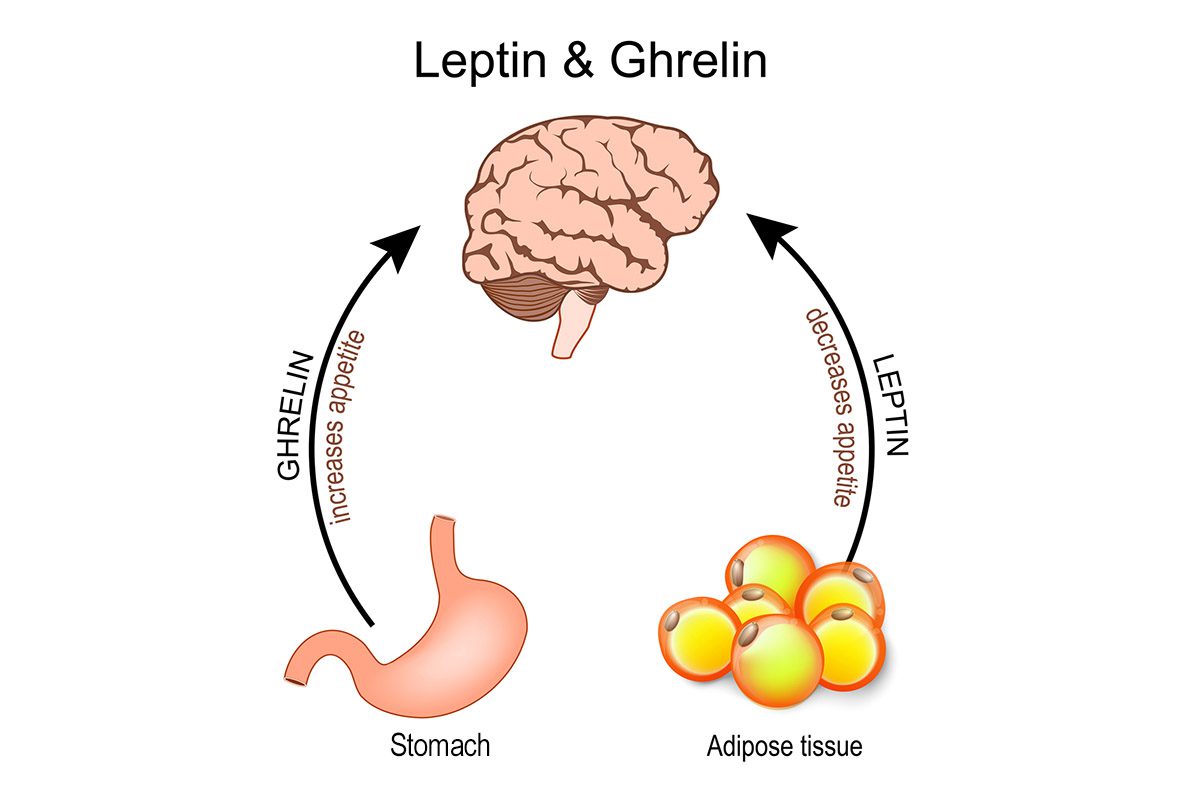Background: Sleep-related eating disorder is arecently described clinical syndrome that combinescharacteristics of both eating and sleep disorders. Nocturnalpartial arousals are followed by rapid ingestion of food andsubsequent poor memory for the episode. Only two case seriesexamining this disorder have been published, and both are fromthe same sleep disorders center in a general hospital.
Method: The author describes 23 consecutivecases of sleep-related eating disorder that presented to theSleep Disorders Center at McLean Hospital. All patients wereadministered a standardized clinical sleep disorders evaluationfollowed by a semistructured interview to elicit informationregarding characteristics of sleep-related eating disorder.Polysomnographic evaluation was performed on all patients withclinical histories of sleep-related eating disorder.
Results: Eighty-three percent (N=19) of the 23patients were female. For most of the patients, the disorder hadbegun in adolescence (mean±SD=21.6±10.9 years) and had beenchronic, with a mean duration of 15.8±11.2 years. Nearly allpatients reported eating on a nightly basis (1_6 times pernight), and all episodes followed a period of sleep. All patientsdescribed their eating as “out of control,” and twothirds stated that they “binged” during the night. Over90% (21/23) reported their state at the time of nocturnal eatingas “half-awake, half-asleep” or “asleep,” andover 90% reported “consistent” or”occasional” amnesia for the event. Nearly half (11/23)of the sample were given a polysomnographic diagnosis ofsomnambulism. Thirty-five percent (8/23) had a lifetime eatingdisorder diagnosis.
Conclusion: Sleep-related eating disorderappears to be a relatively homogeneous syndrome combiningfeatures of somnambulism and daytime eating disorders. However,no current nosology accurately characterizes these patients.Physicians should be aware of the existence of the disorder andthe value of referring patients with sleep-related eatingdisorder to a sleep disorders center.
Please sign in or purchase this PDF for $40.00.




